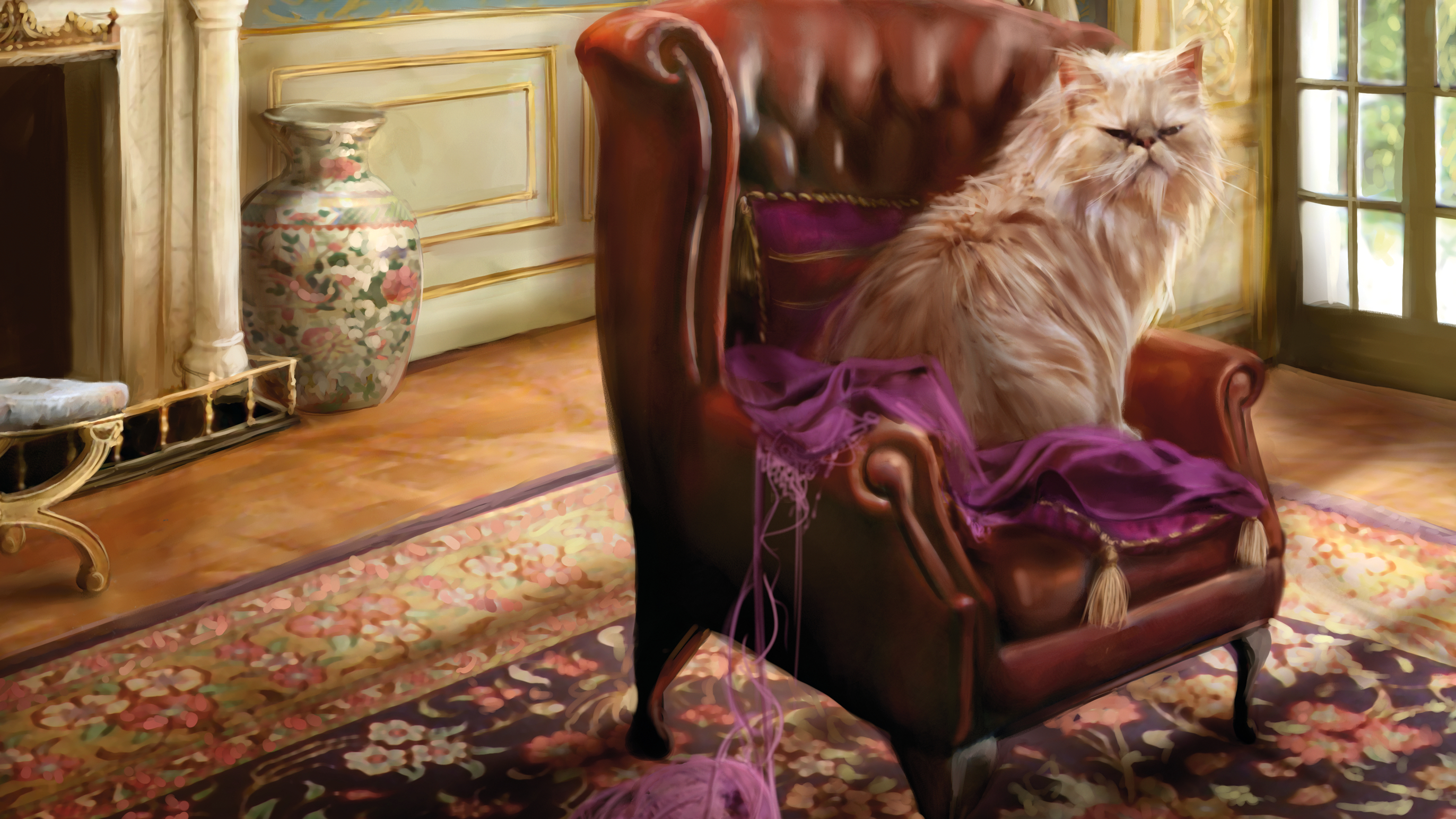
"Perspective is the fundamental element in painting interiors; understanding an object's interaction with its surroundings is essential for creating believable compositions."
"Lighting plays a crucial role in painting; shading elements according to a consistent light source enhances their interaction through color."
"Colors and textures are critical in painting. Knowing how to apply color and shade in real life is essential, along with understanding software capabilities."
"Shading metal requires attention to regular form shadows and stronger highlights. Bounce light is also more significant, affecting saturation of the original object's hue."
Painting interiors requires a solid grasp of perspective, lighting, colors, and textures. Perspective is crucial for an object's believable interaction with its surroundings. Effective lighting involves shading elements based on a consistent light source, affecting their color interactions. Practical application of color and texture is necessary, along with software proficiency. The process involves using programs like Photoshop for preliminary work and Painter for detailed definition. Shading metal involves form shadows and highlights, where bounce light has a significant impact on saturation, enhancing the overall realism of the piece.
Read at Creative Bloq
Unable to calculate read time
Collection
[
|
...
]